I wrote it at the beginning that various Asian finishers, who do not have board partner status at AMD, but also come to chips, release some surprises into the market. This includes the aforementioned Radeon HD “7830”, which could have made it famous if one had listened to the customer and not one’s own money needs. The real reason, however, was the unexpectedly high chip yield, which would have required it to technically downgrade good chips to the smaller 7830 without any need. Hardware straps weren’t there at the time, only laser cuts.
With only 768 shaders, this Pitcairn card was still above a Radeon HD 7790 in terms of performance and did not make a bad impression. The 4+1 phase design even deviated quite a bit from the reference design of this Asia map, which is still in my “museum” today, and ignored pretty much anything that could be called standard.
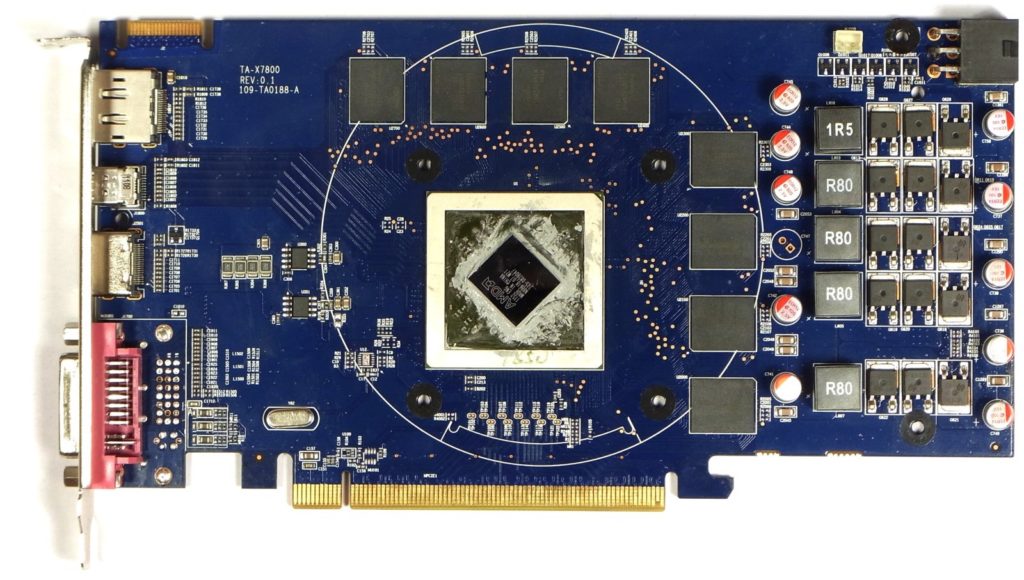 But where the watchful eyes of the board partner are missing, the layouters and controllers are allowed to celebrate one or the other opulent party. I have two more examples that show what graphics card manufacturers are doing without controlling reins, forgetting where the standards and standards that are so important are. At the latest with these two AMD cards here was the end of funny. The Barts chip of the Radeon HD 6850 was specified at the time with 127 watts and it needed this (usually even a little more). Because if we look at the two maps below, the attentive viewer will surely miss something very important.
But where the watchful eyes of the board partner are missing, the layouters and controllers are allowed to celebrate one or the other opulent party. I have two more examples that show what graphics card manufacturers are doing without controlling reins, forgetting where the standards and standards that are so important are. At the latest with these two AMD cards here was the end of funny. The Barts chip of the Radeon HD 6850 was specified at the time with 127 watts and it needed this (usually even a little more). Because if we look at the two maps below, the attentive viewer will surely miss something very important.
With the upper card you can at least still see the soldering eyes for the omitted 6-pin connector. The three plus tracks are electrically connected to the three 12-volt pins of the slot connector. Madness in bags. With the map below, you have immediately dispensed with it:
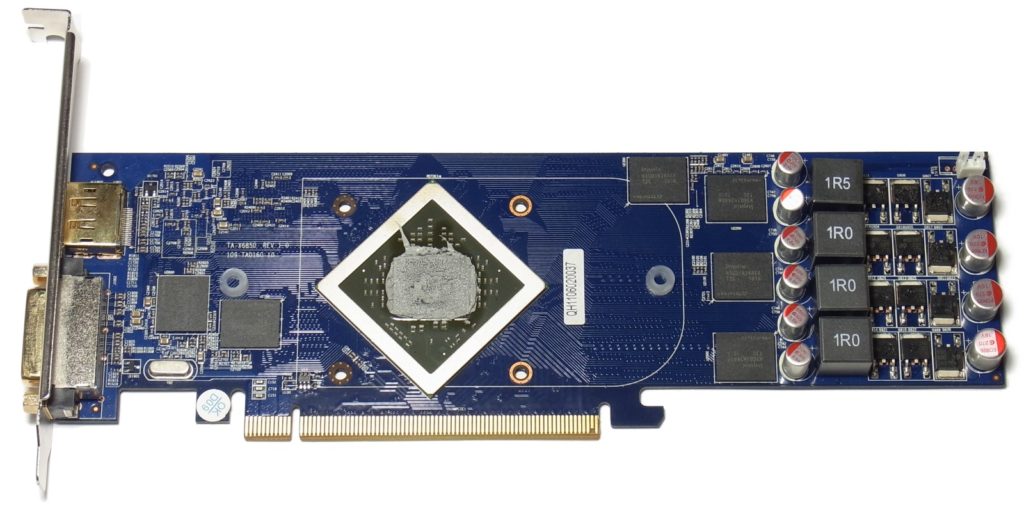 The last example is already designed in a sporty way. A mischievous 3+1 phase design and a whopping 11 ampere power over the PEG, which allows only 5.5 amperes. The colleagues of the PCI SIG are happy (and burning) a hole in their stomach!
The last example is already designed in a sporty way. A mischievous 3+1 phase design and a whopping 11 ampere power over the PEG, which allows only 5.5 amperes. The colleagues of the PCI SIG are happy (and burning) a hole in their stomach!
AMD wasn’t exactly gloating about the motherboard slot and the norms. I remember the launch of the Radeon RX 480 and what, then the AMD driver team had to correct quickly. To understand this, it is important to know that the reference board was equipped with only a 6-pin connector. This, in turn, was due to the fact that AMD had actually designed this card completely differently. Well, and then came the GeForce GTX 1060.
So AMD quickly released a little more power to catch up with the GTX 1060, but completely left out of sight of its own board layout and the connection of the phases to the respective supply rails! The balancing had been virtually eliminated with 30 watts more gallantly and the slot was demanded well above the norm. This also shows that even the chip manufacturers themselves make mistakes when they feel pressured.
After a long discussion between the driver team and me, there was the “compatibility mode” almost overnight, which throttled the power consumption so that the standard was adhered to again (and a corresponding post-test). The very name of the menu item was a little naughty. But yesterday’s learning curve later showed up with the RX 580 in the form of a solid 8-pin connector. Go.
And what does this have to do with the curiosities? Unfortunately there were board partners, to whom this little whip of the PCI SIG was again cordegal. Like HIS, whose RX 480 IceQ X2 Roaring really did you credit for your name.
After all, despite all the warnings, one was sometimes loosely above the norm. Incidentally, there was enough trouble from AMD, because HIS was a board partner. Today, by the way, HIS is only a brand (brand) and no longer a manufacturer. Whether you find that a pity, you have to determine with yourself.
These two examples from the past show that AMD, too, is now forced to look a little more rigorously at the design of the board partner cards. But the lone frontrunner in keeping what is deemed right is and remains Nvidia. And that’s exactly what’s on the next page.















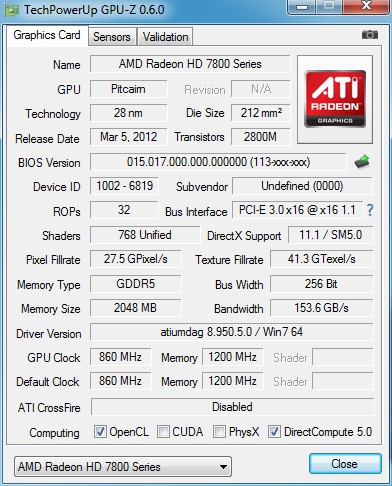
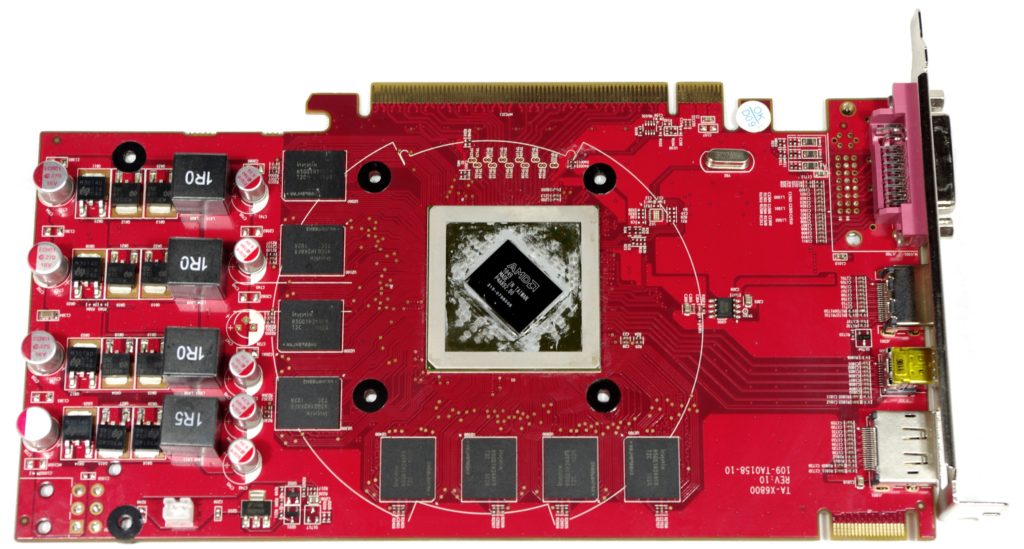
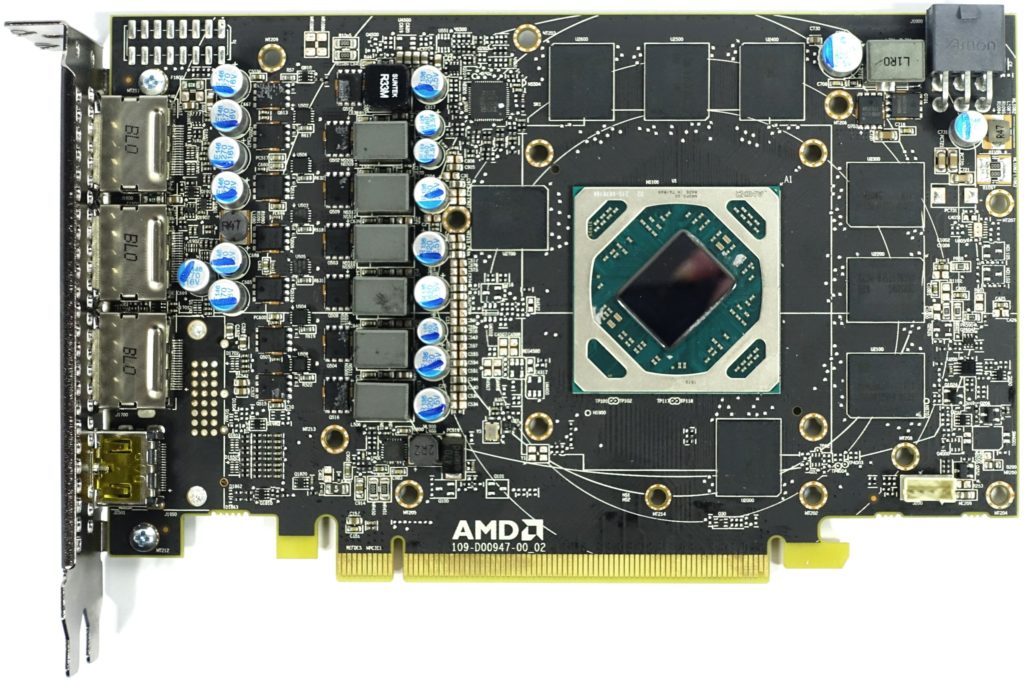
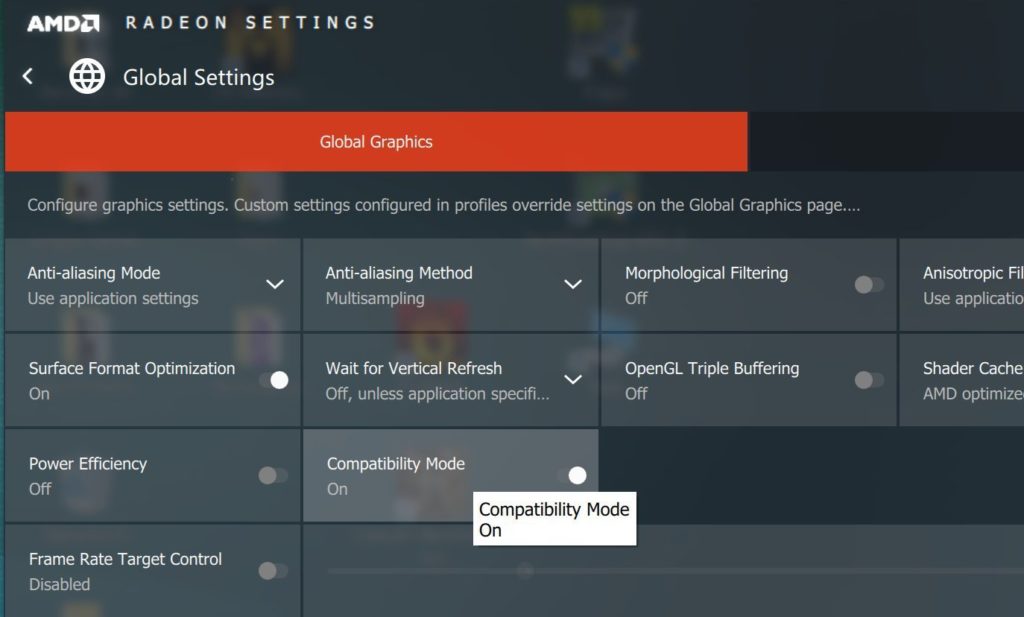
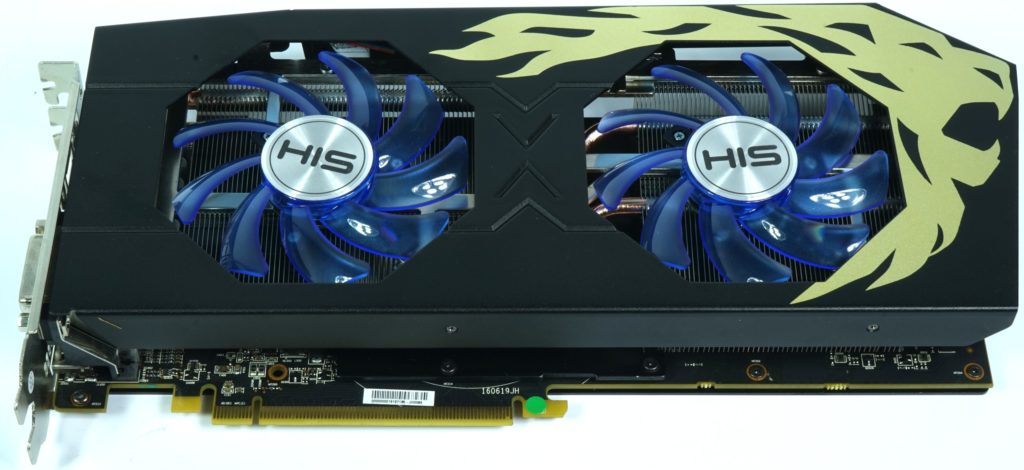
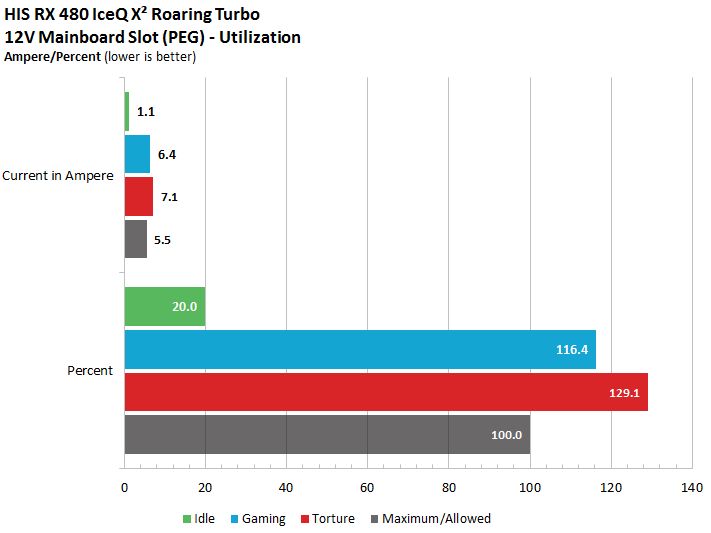

















Kommentieren